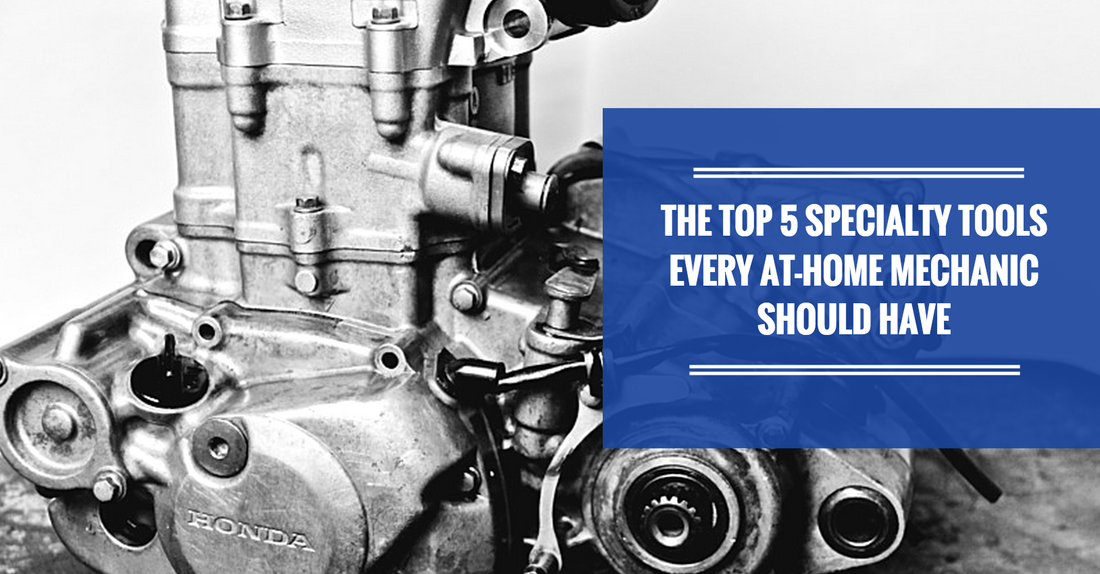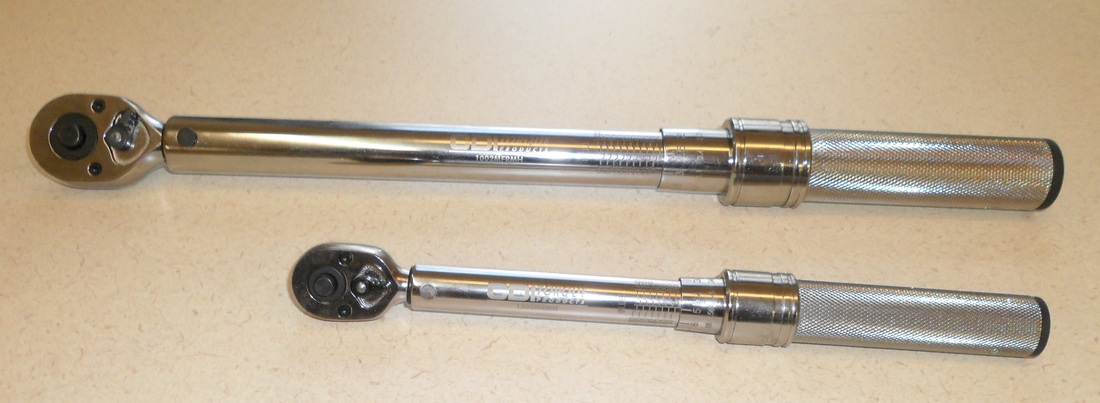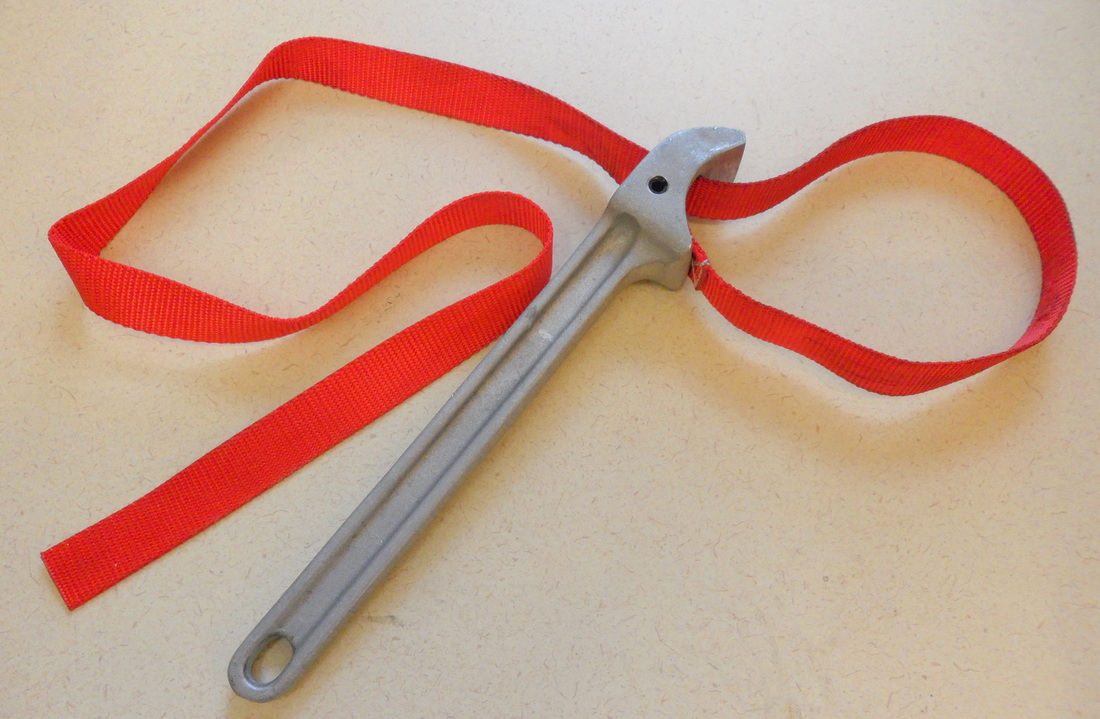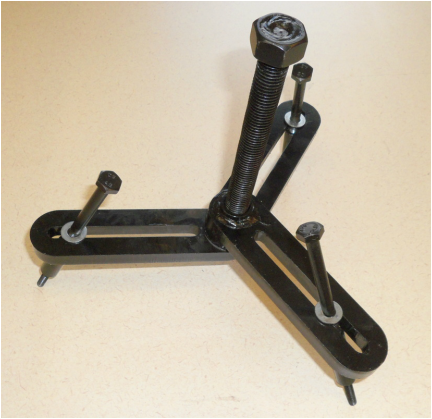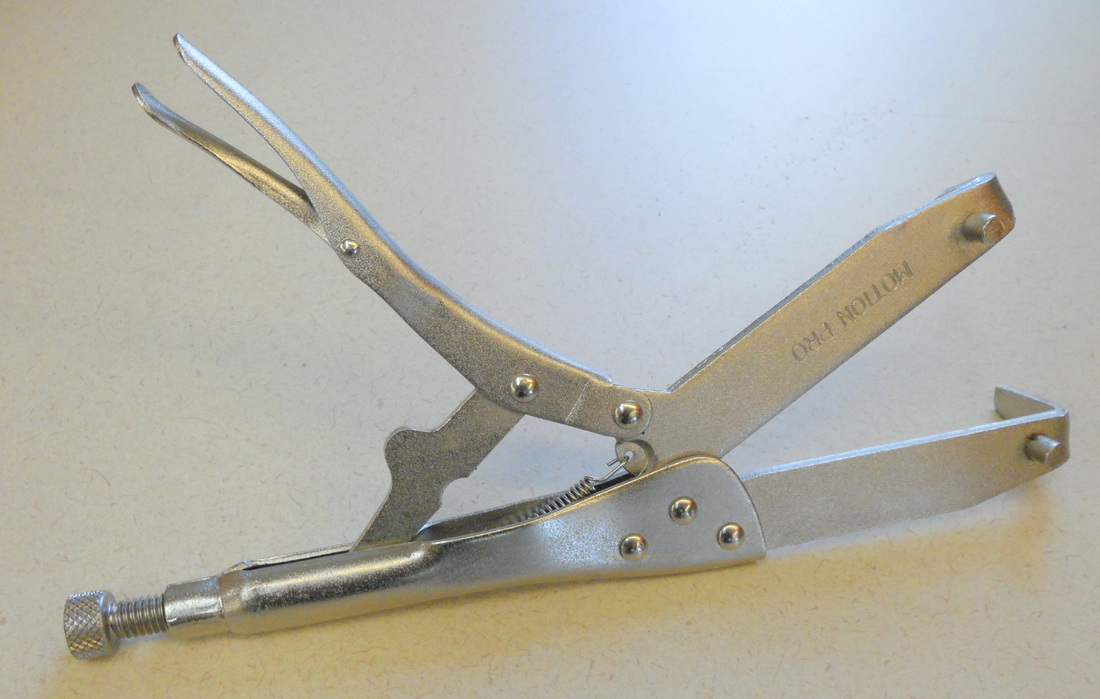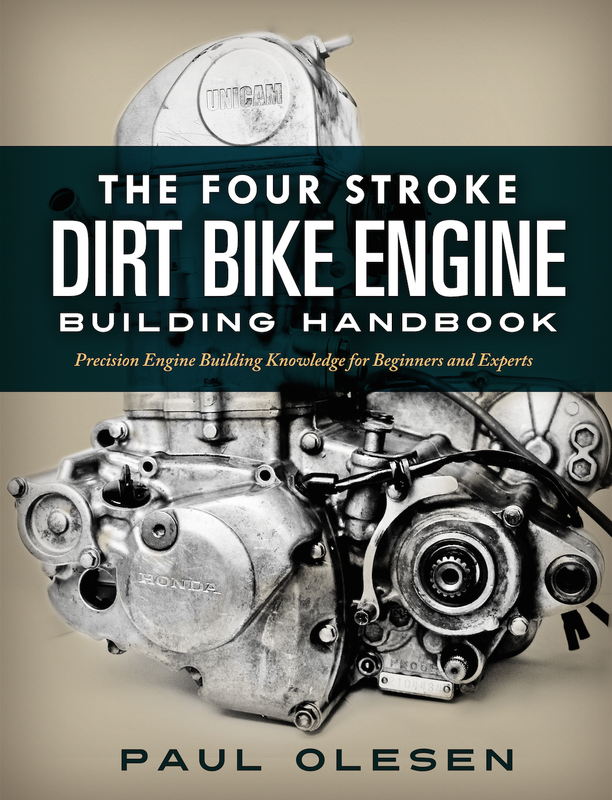Believe it or not, every nut and bolt on your machine has a torque specification associated with it so that you do not run the risk of over tightening, damaging the fastener, or leaving something too loose. Even simple things, like the bolts holding your plastics on and your seat down, have torque values that you should aim to follow. While you might not get into trouble if you overlook using a torque wrench on these fasteners, I consider everything in the engine torque wrench territory. In order to build a good sound engine it is critical to follow the manufacturer's suggested torque specifications for all the fasteners and use a good quality torque wrench...
Usually the range of torques you will need to cover will require you to pick up a couple different wrenches. Right now I've got a small one that goes from 30-150in lbs for the delicate stuff and a larger wrench that goes from 20-100ft lbs. As for what brand is the best, everyone seems to have their favorite, but I personally like the wrenches CDI offers. CDI is a branch-off company of Snap-On and they offer great quality at less cost. I paid around $100 a piece for my wrenches, which came with all the necessary calibration paperwork I like to see.
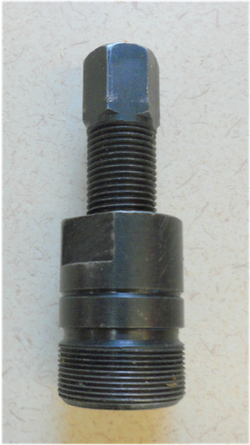
If you have to split crankcase you will have to remove the flywheel. I have heard stories and seen video footage of folks beating off their flywheels, but I definitely would not recommend this tactic. Picking up a flywheel puller for your specific model so you can do the job right is a much better option. The pullers are fairly cheap, easy to use, and make the job extremely easy.
The strap wrench is a great versatile tool. My favorite spot to use it is on the flywheel when I'm removing the flywheel nut. In order to remove the flywheel nut you will need to secure the crankshaft in some way. A lot of people will lock the crankshaft from the clutch side so they can remove the flywheel nut, but in my opinion this is not the best practice. If you lock the crankshaft on the clutch side and apply torque to the flywheel side, the crank will tend to twist around the crankpin. This may not be a huge problem when loosening the nut, but when you reinstall and torque the nut you run the risk of twisting the crankshaft. If you do end up twisting the crank you can expect expedited engine wear, excessive vibration, and main bearings that will not last long. Again, not good news for a healthy engine.
Splitting crankcases should be a delicate procedure, especially if the crank is to be reused, and having a crankcase splitting tool on hand makes the job a lot easier. I have seen videos of people beating on the end of the crank to push the cases out, but I assure you this is not the right way to do it and may put the trueness of the crank in serious jeopardy. The case splitter is a must-have and provides a way to evenly and gently separate the cases. Along with the other tools listed, the crankcase splitter is relatively cheap and will pay you back handsomely by helping you perform a top quality trouble-free build.
The clutch basket holder locking pliers are truly the only answer for properly disassembling and assembling clutches. In the past I have seen screwdrivers jammed into the hub to keep them stationary while trying to tighten or untighten the nut. This sort of thing typically ends with damaged clutch parts, meaning more cost to you in the long run. The clutch basket holder locking pliers are great because they can be adapted for pretty much any size clutch hub and provide a solid means to retain the hub while fastening the nut. The pliers are fairly inexpensive at around $30 and some even double as sprocket holding pliers.
Leave a comment with your favorite tools and why, we love hearing from you!
For more home wrenching tips sign up for my E-newsletter by clicking the button below!
Sign me up for the eNewsletter!
I'm ready to take my dirt bike knowledge to the next level.

